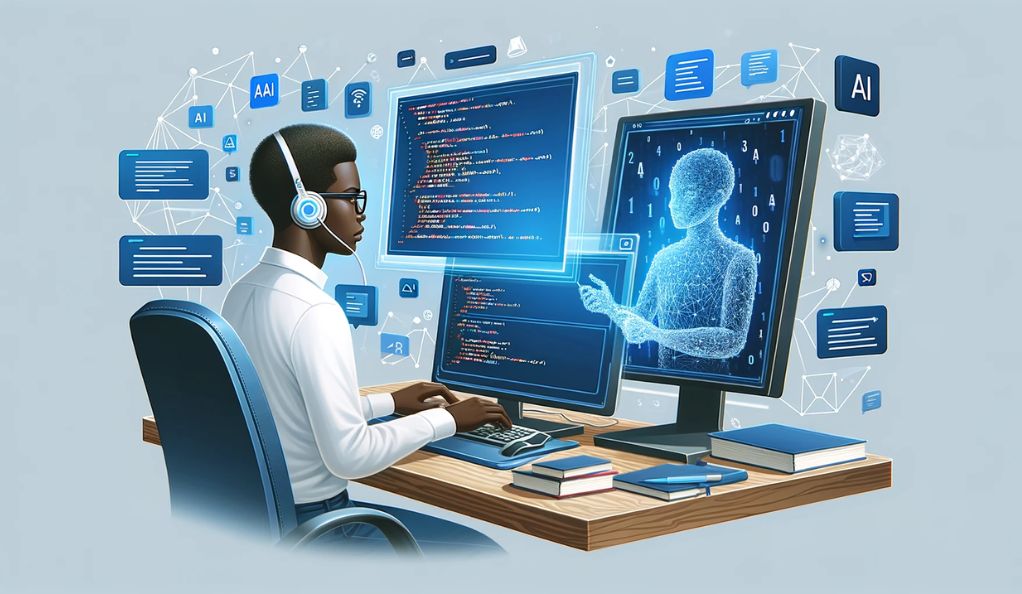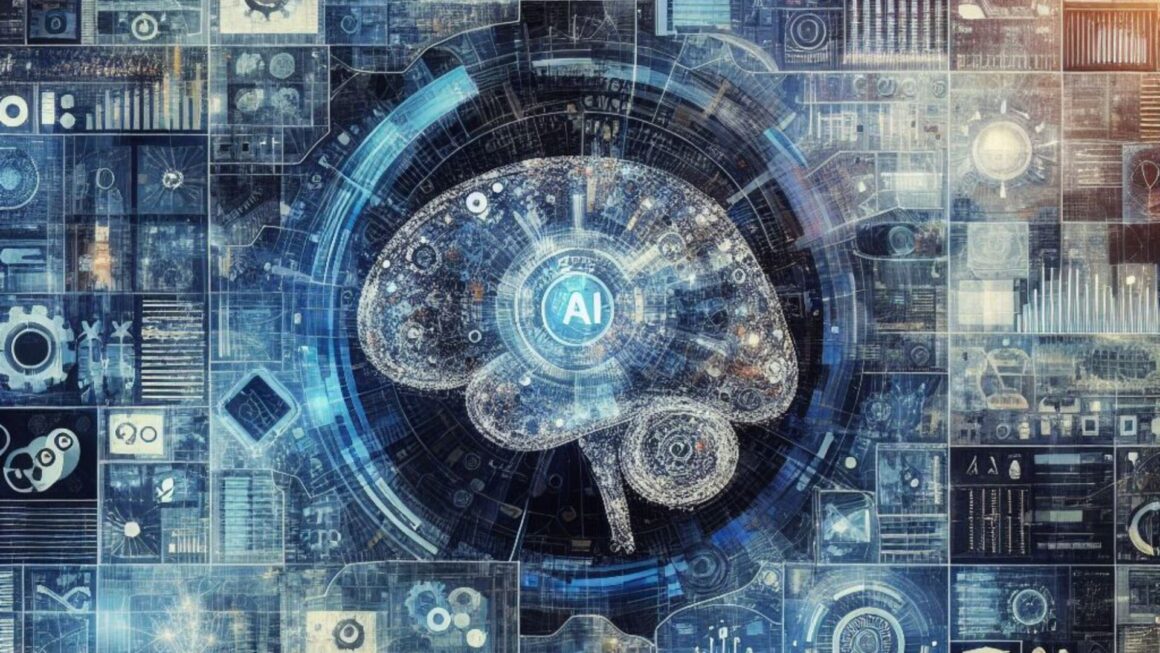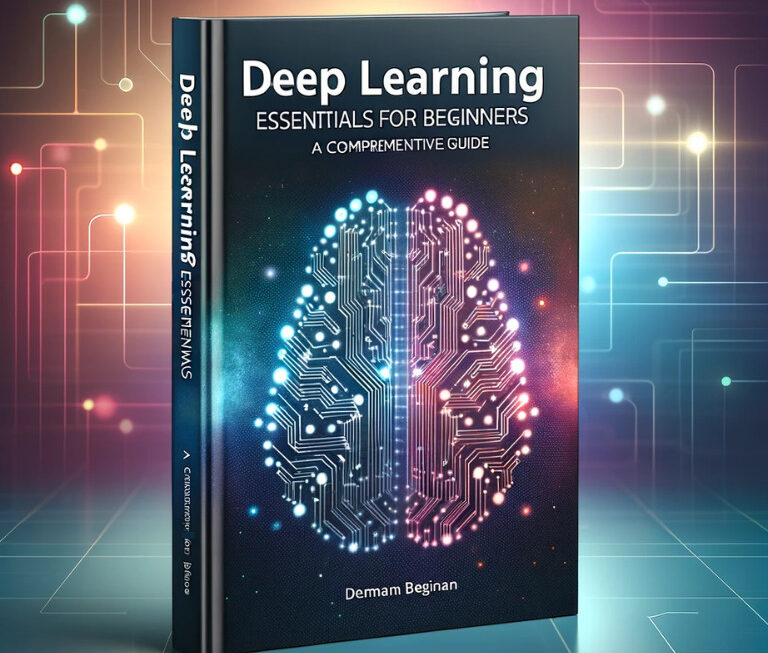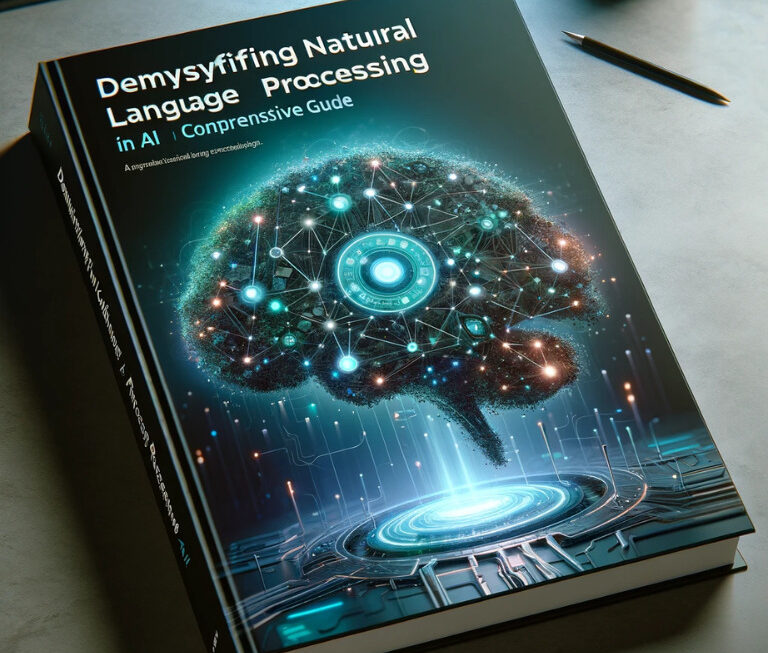The advent of Artificial Intelligence (AI) has ushered in a new era in various sectors, and software development is no exception. At the core of this transformation is the promise of AI to significantly enhance code quality—a critical aspect of software that determines its reliability, efficiency, and maintainability. As we delve into the intersection of AI and coding, it’s essential to understand that AI is not just a tool but a paradigm shift that offers a novel approach to tackling age-old software development challenges.
The AI Revolution in Coding
AI’s role in software development is multifaceted, influencing everything from automated testing to deployment strategies. However, its impact on improving code quality is particularly profound. AI-driven tools are now capable of performing tasks that were once the sole domain of experienced developers, such as identifying subtle bugs, optimizing algorithms, and even suggesting improvements in real-time.
The Benefits of AI for Code Quality
The integration of AI into coding practices brings a host of benefits that directly contribute to code quality:
- Automated Detection of Code Anomalies: AI tools can scan through millions of lines of code to detect anomalies that human reviewers might miss.
- Enhanced Code Reviews: By automating the review process, AI can provide immediate feedback to developers, speeding up the development cycle and ensuring that code adheres to quality standards.
- Predictive Analytics: AI can predict potential future errors and provide insights into the parts of the code that are most likely to require maintenance, allowing for proactive improvements.
- Personalized Feedback: Over time, AI tools learn from individual developer patterns and provide personalized suggestions to improve their coding practices.
Preview of AI’s Benefits for Code Quality
To give a clearer picture of how AI can enhance code quality, let’s consider a simple example. Imagine a common scenario where a developer is working on a complex software module. An AI-powered tool can analyze the code in real-time, flagging potential issues such as memory leaks, concurrency problems, or even security vulnerabilities. This immediate feedback loop not only saves time but also educates the developer about best practices, leading to a more refined codebase.
Moreover, AI’s ability to learn from past data means that it can adapt to the specific coding standards and preferences of a development team. This personalized approach ensures that the suggestions and improvements are relevant and actionable, leading to a more efficient development process and a higher-quality end product.
Understanding Code Quality and Its Importance

Code quality is a term that encapsulates the robustness, reliability, and readability of software code. It’s not just about whether the code works—it’s about how well it works and how it stands up to change and growth over time. High-quality code can be easily understood, maintained, and extended by anyone other than the original author, which is crucial in a collaborative industry where projects often outlive their creators’ involvement.
Defining Code Quality
To break it down, code quality can be assessed through several lenses:
- Readability: Is the code easy to understand?
- Maintainability: How easily can the code be changed?
- Performance: Does the code do what it’s supposed to do efficiently?
- Reliability: Can the code function under varying conditions without failure?
- Testability: Is it easy to test the code to ensure it works as expected?
The Consequences of Poor Code Quality
Neglecting code quality can lead to a range of problems:
- Increased Costs: Time and resources are wasted on fixing preventable issues.
- Delayed Timelines: Projects can suffer from extended deadlines due to unforeseen complications.
- Customer Dissatisfaction: End-users experience bugs, crashes, and poor performance.
- Developer Frustration: A demoralizing work environment is created when developers are constantly firefighting.
Metrics for Measuring Code Quality
Several metrics are commonly used to quantify code quality:
- Cyclomatic Complexity: Measures the complexity of a program by counting the number of linearly independent paths through the source code.
- Depth of Inheritance: Assesses the levels of inheritance in class-based programming, which can affect understandability and maintainability.
- Lines of Code (LOC): While not indicative of quality by itself, excessive LOC in a function or module can signal a need for refactoring.
- Code Coverage: The percentage of code that is executed during automated tests, which can indicate the thoroughness of testing.
These metrics, while useful, don’t capture the full picture on their own. They need to be interpreted within the context of the project and its goals. This is where AI can play a transformative role—by not only measuring these metrics but also providing insights and recommendations based on them.
Code Smells and Technical Debt: The Silent Killers
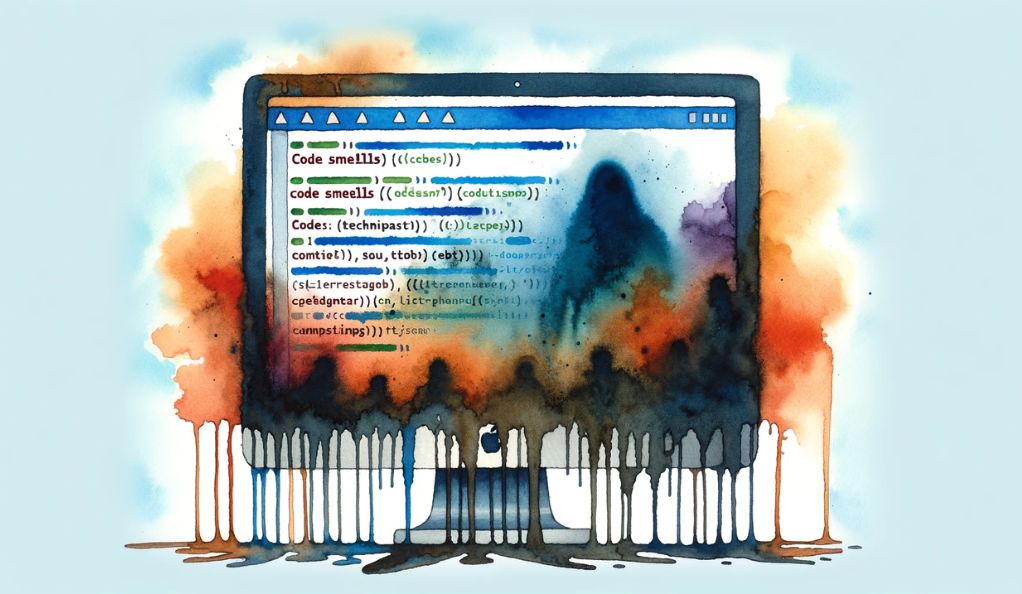
In the realm of software development, “code smells” and “technical debt” are metaphors that describe underlying problems which may not cause immediate dysfunction but can hinder future development and maintenance. They are the silent killers in the sense that their impact is often not felt until it becomes a significant burden.
What are Code Smells?
Code smells are indicators of deeper problems in the codebase. They are not bugs; the code still functions, but it contains maintainability issues that slow down development or increase the risk of bugs or failures in the future. Examples of code smells include:
- Large Classes or Methods: When a class or method tries to do too much, it can become difficult to understand and maintain.
- Duplicate Code: Repeated code blocks not only bloat the codebase but also indicate a missed opportunity for abstraction.
- Long Parameter Lists: Excessive parameters can make methods hard to understand and use.
- Feature Envy: When a method seems more interested in a class other than the one it actually belongs to, it may be a sign that the method is in the wrong place.
The Accumulation and Impact of Technical Debt
Technical debt is a concept borrowed from financial debt, where taking shortcuts now can lead to greater costs later. Just as with financial debt, a little can be manageable, but too much can be catastrophic. Technical debt accumulates through:
- Rushed Development: Pushing code to meet deadlines without proper review or refactoring.
- Outdated Practices: Failing to update code as development practices and technologies evolve.
- Lack of Documentation: When code is not well-documented, understanding and maintaining it becomes more difficult.
The impact of technical debt is far-reaching:
- Reduced Agility: It becomes harder to implement new features or fix bugs.
- Increased Costs: More time and resources are required to make even simple changes.
- Lower Morale: Developers may become frustrated working with a difficult codebase, leading to reduced productivity and even turnover.
AI-Powered Static Code Analysis
Static code analysis is a method of debugging by examining source code before a program is run. It’s a vital part of ensuring code quality, and AI has significantly enhanced its capabilities. AI-powered static code analysis tools go beyond the basic detection of syntax errors or stylistic issues; they can understand the context and semantics of the code to identify deeper issues.
How AI Enhances Traditional Static Code Analysis
Traditional static code analysis tools follow predefined rules to identify potential issues. AI, however, brings a level of sophistication by learning from vast datasets of code, which allows it to:
- Predict Issues: AI can predict bugs and vulnerabilities by learning from historical data on code defects.
- Understand Context: AI tools can understand the context around code constructs, providing more accurate and relevant feedback.
- Refine Detection: Over time, AI models can refine their detection algorithms based on feedback and corrections from human developers, reducing false positives.
Tools and Technologies in AI-Based Static Analysis
Several tools and technologies are at the forefront of AI-based static code analysis:
- Deep Learning Models: These are trained on large codebases to understand and predict code patterns and anomalies.
- Natural Language Processing (NLP): AI uses NLP to read and understand code comments and documentation, which helps in assessing the intent behind code segments.
- Graph Neural Networks: These help in understanding the relationships and dependencies in code, which is crucial for detecting complex issues.
Real-World Examples of Improved Codebases
Consider a real-world scenario where an AI static analysis tool is introduced into a continuous integration/continuous deployment (CI/CD) pipeline. The tool continuously reviews code commits for potential issues. In one instance, it detects a complex bug that would have led to a memory leak, which traditional tools might have missed due to the bug’s subtlety and the need for context-aware analysis.
Another example is the use of AI to enforce coding standards across a large team. The AI tool is trained on the organization’s specific coding practices and automatically reviews each commit for compliance, ensuring consistency across the codebase without manual review.
Automated Code Reviews with AI
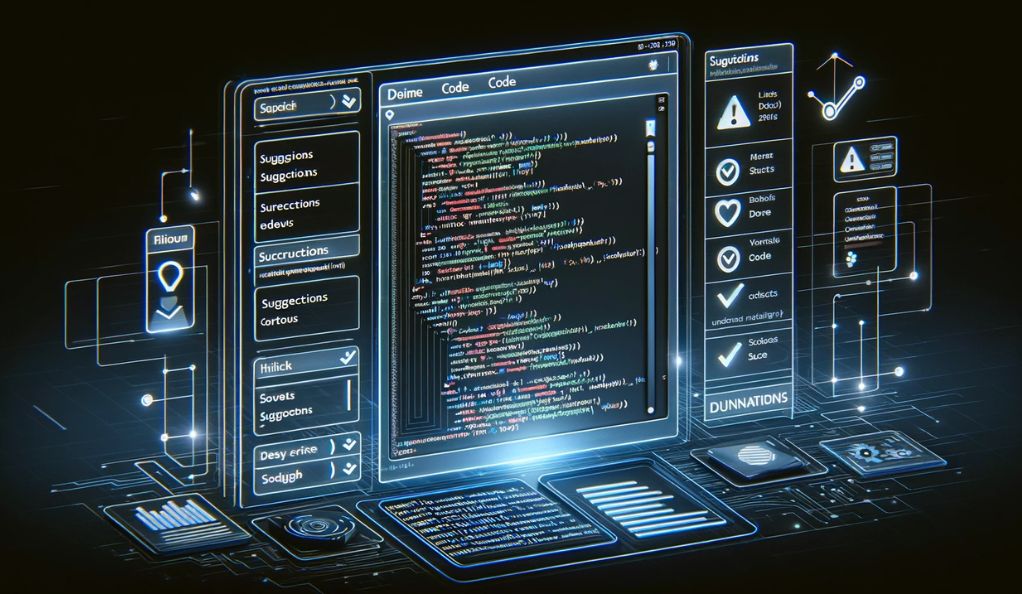
Code reviews are a staple in software development, serving as a quality gate that code must pass through before being merged into the main codebase. They help catch bugs, ensure consistency, and facilitate knowledge sharing among developers. AI is revolutionizing this process by automating the tedious parts of code reviews, allowing human reviewers to focus on more complex and high-level considerations.
The Role of AI in Code Review Processes
AI doesn’t tire, doesn’t get bored, and doesn’t overlook errors because it had a bad night. Here’s how AI is changing the game in code reviews:
- Consistency Checks: AI tools can tirelessly ensure that every line of code adheres to predefined style guides and best practices, which is essential for maintaining a clean and uniform codebase.
- Early Detection: By integrating with development tools, AI can provide real-time feedback as code is written, much before the formal review process, catching issues early when they are easiest to fix.
- Objective Assessment: AI provides an unbiased review of the code, free from human error or subjective bias, leading to a more objective review process.
Comparison with Human Code Reviews
While AI can handle many aspects of code review, it’s not a replacement for human insight. Here’s how AI and human reviews compare:
- Speed: AI reviews can be done almost instantaneously, whereas human reviews can take hours or days.
- Depth: Humans can understand the broader implications of code changes and provide insights based on experience that AI currently cannot match.
- Learning and Adaptation: AI can learn from patterns and improve over time, but humans can adapt to new and unforeseen situations more flexibly.
Integrating AI into Development Workflows
The integration of AI into the code review process often involves:
- Tool Selection: Choosing the right AI-powered code review tools that align with the team’s technology stack and workflow.
- Customization: Configuring the tools to understand the team’s coding standards and practices.
- Feedback Loop: Establishing a feedback mechanism where developers can confirm or refute AI’s suggestions, which helps the tool learn and improve over time.
Real-World Impact
In practice, AI-assisted code reviews can lead to significant improvements in code quality and developer productivity. For instance, a team might use an AI tool to scan for potential security issues in code. The tool flags a block of code that appears to be vulnerable to SQL injection, a security threat that the developers had not considered. By catching this early, the team avoids a potential security breach and the associated costs of fixing it in production.
Machine Learning for Predictive Code Maintenance
Predictive maintenance in software development is an advanced strategy where potential issues are identified and resolved before they manifest as actual bugs or vulnerabilities. Machine learning (ML), a subset of AI, is particularly adept at this proactive approach. It analyzes patterns and trends from historical data to predict future outcomes, enabling developers to preemptively address potential problems.
Predicting Potential Issues with Machine Learning
Machine learning models can be trained on historical project data, including past bugs, performance issues, and user feedback, to identify risk patterns. Here’s how ML contributes to predictive code maintenance:
- Anomaly Detection: ML algorithms can detect anomalies in code that deviate from established patterns, which might indicate potential bugs or performance issues.
- Risk Assessment: By evaluating code changes and their impact, ML can provide a risk assessment for new features or modifications, guiding developers on where to focus their testing efforts.
- Trend Analysis: ML can analyze the evolution of the codebase over time, identifying trends that could lead to future problems, such as increasing complexity or decreasing modularity.
Preventative Measures and Continuous Improvement
With predictive insights from ML, development teams can take preventative measures:
- Refactoring Prioritization: ML can help prioritize refactoring efforts by identifying the parts of the codebase that are most likely to cause problems in the future.
- Test Coverage Optimization: By predicting which areas of the code are at higher risk, teams can optimize their test coverage to ensure those areas are thoroughly tested.
- Performance Tuning: ML can forecast performance bottlenecks based on new code integrations, allowing teams to fine-tune the system proactively.
The Future of Predictive Maintenance with AI
As ML technology continues to advance, its predictive capabilities will become even more nuanced and accurate. This will enable even more sophisticated preventative maintenance strategies, further reducing the incidence of bugs and performance issues in software development.
AI in Code Refactoring and Optimization
Refactoring is the process of restructuring existing computer code without changing its external behavior, aiming to improve nonfunctional attributes of the software. Optimization, on the other hand, involves enhancing the code to perform more efficiently. AI is increasingly playing a crucial role in both refactoring and optimization, providing insights that lead to cleaner, faster, and more reliable code.
AI Approaches to Refactoring
AI-driven refactoring tools analyze codebases for patterns that indicate code smells or areas that could benefit from restructuring. Here’s how AI aids in refactoring:
- Identifying Refactoring Opportunities: AI can suggest specific refactoring actions, such as extracting methods, inlining variables, or simplifying conditional expressions, which can make the code more maintainable.
- Automated Refactoring: Some AI tools can automatically apply refactoring changes, which are then reviewed by human developers, saving time and reducing manual effort.
- Codebase Health Monitoring: AI can continuously monitor the health of a codebase, alerting teams to new refactoring needs as the code evolves.
Optimization of Code for Performance and Scalability
AI doesn’t just clean up code; it also helps it run better. Here’s how AI contributes to code optimization:
- Performance Profiling: AI tools can profile the code’s performance, identifying bottlenecks and suggesting optimizations for speed and resource usage.
- Scalability Analysis: By simulating different load scenarios, AI can predict how code changes will affect the application’s scalability and suggest improvements.
- Algorithm Optimization: AI can even suggest algorithmic changes that can lead to more efficient code execution.
Balancing AI Suggestions with Developer Expertise
While AI provides powerful suggestions for refactoring and optimization, it’s essential to balance these with human judgment. Developers bring context, experience, and understanding of the broader system architecture that AI currently cannot match. The best results come from a collaborative approach where AI-generated recommendations are reviewed and applied with human oversight.
Real-World Impact
Consider a scenario where an AI refactoring tool is introduced to a legacy enterprise application. The tool identifies several complex classes that can be broken down into simpler, more cohesive components. After refactoring, the application becomes easier to maintain, and the risk of defects decreases.
In another instance, an AI optimization tool analyzes a web application and suggests changes to the data caching strategy, leading to a 20% improvement in load times. Such enhancements directly contribute to better user experiences and more efficient operation.
Training AI for Custom Code Quality Standards
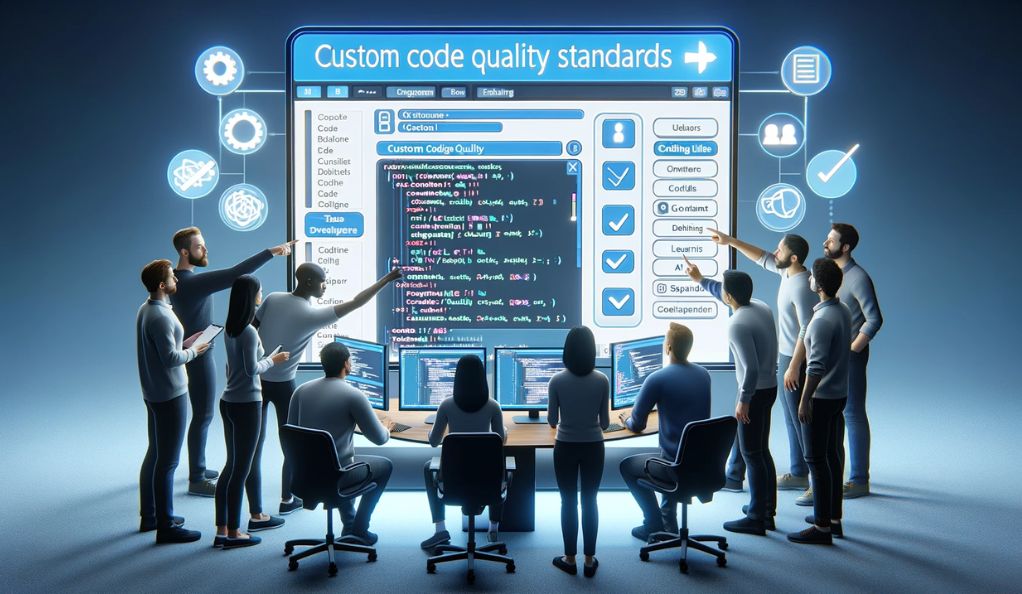
Every software development team has its own set of coding standards and practices, reflecting the unique requirements and preferences of their projects. AI’s adaptability makes it an excellent candidate for learning and enforcing these custom standards, ensuring that all code aligns with the team’s quality benchmarks.
Tailoring AI to Specific Project Needs
Customizing AI for code quality involves several steps:
- Feeding Historical Data: By analyzing a team’s historical codebase, AI can learn the specific coding patterns, styles, and practices that the team follows.
- Setting Custom Rules: Teams can set custom rules in AI-powered tools to enforce their specific coding standards and best practices.
- Iterative Training: As the AI tool is used, it receives feedback from the developers, allowing it to refine its understanding of the team’s standards and improve its suggestions over time.
Learning from Historical Codebase Data
AI’s machine learning algorithms thrive on data. The more code they analyze, the better they become at identifying what good (and bad) code looks like within the context of a particular project. This historical data enables AI to:
- Understand Project-Specific Patterns: AI can recognize the unique patterns and structures that are common in the project’s code.
- Identify Deviations: Once it knows what the norm is, AI can flag deviations that might indicate potential issues or departures from the project’s standards.
- Recommend Best Practices: Based on the collective wisdom embedded in the codebase, AI can suggest best practices tailored to the project’s context.
Continuous Learning and Adaptation of AI Models
AI models are not static; they learn and adapt continuously. This is particularly beneficial for maintaining code quality standards:
- Adapting to Changes: As projects evolve and new technologies or practices are adopted, AI tools can adapt to these changes, ensuring that they always provide up-to-date guidance.
- Personalized Feedback: AI can provide personalized feedback to individual developers, helping them improve their coding practices in alignment with the team’s standards.
- Predictive Guidance: Over time, AI can predict the impact of code changes on the project’s quality and guide developers in making decisions that uphold the standards.
Real-World Impact
In practice, AI that is trained on a specific codebase can significantly streamline the development process. For example, a team working on a healthcare application might have stringent standards for code that handles patient data. An AI tool trained on this codebase can ensure that any code dealing with such data is automatically checked for compliance with those standards, thereby reducing the risk of data breaches and ensuring regulatory compliance.
Conclusion: Leveraging AI for Enhanced Code Quality
The integration of AI into software development heralds a new era for code quality. AI tools not only automate and refine the coding process but also bring predictive insights that are invaluable for maintaining high standards. For developers, AI is a powerful ally, taking on the heavy lifting of code analysis and allowing human creativity to focus on innovation. As the industry evolves, those who adopt AI into their development practices stand to gain the most, ensuring their code is not just functional, but exemplary in its robustness and efficiency.

